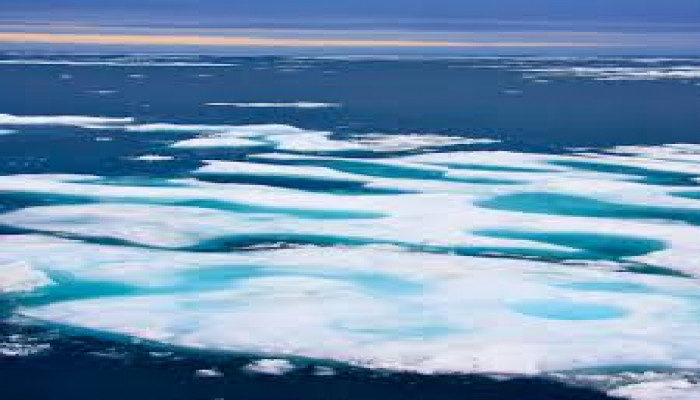Antarctica Sea Ice Melts to a Record Low, Here's How It Impacts Global Warming
- In Reports
- 09:57 AM, Feb 17, 2023
- Myind Staff
It is the southern hemisphere summer, when you'd expect less sea-ice, but this year is exceptional, according to the National Snow and Ice Data Center, as Antarctica sea-ice hits new record low exposing the thicker ice shelves buttressing Antarctica’s ground ice sheet to waves and warmer temperatures.
Winds and warmer air and water reduced coverage to just 1.91 million square km (737,000 sq miles) on 13 February.
Last year, the previous record-breaking minimum of 1.92 million sq km (741,000 sq miles) wasn't reached until 25 February.
Three of the last record-breaking years for low sea-ice have happened in the past seven years: 2017, 2022 and now 2023.
Research, cruise and fishing vessels are all reporting a similar picture as they make passage around the continent: most sectors are virtually ice-free. Only the Weddell Sea remains dominated by frozen floes.
Scientists consider the behaviour of Antarctic sea-ice to be a complicated phenomenon which cannot simply be ascribed to climate change.
Looking at the data from the last 40-odd years of available satellite data, the sea-ice extent shows great variability. A downward trend to smaller and smaller amounts of summer ice is only visible in the past few years.
Computer models had predicted that it would show long-term decline, much like we have seen in the Arctic, where summer sea-ice extent has been shrinking by 12-13% per decade as a result of global warming.
It's likely this year's record sea-ice minimum has been influenced by the unusually high air temperatures to the west and east of the Antarctic Peninsula. These have been 1.5C above the long-term average.
This explains the much larger extents than in the Arctic, where the maximums rarely now get above 15 million sq km (5.8 million sq miles).
But the geography also means summer warmth can chase the sea-ice all the way back to the Antarctic coastline in many places.
And because the Antarctic has difficulty retaining ice from year to year, its floes are thinner than in the Arctic - generally just one metre or less, versus 3-4m for long-lived ice in the polar north.
Image Source: Vox







Comments